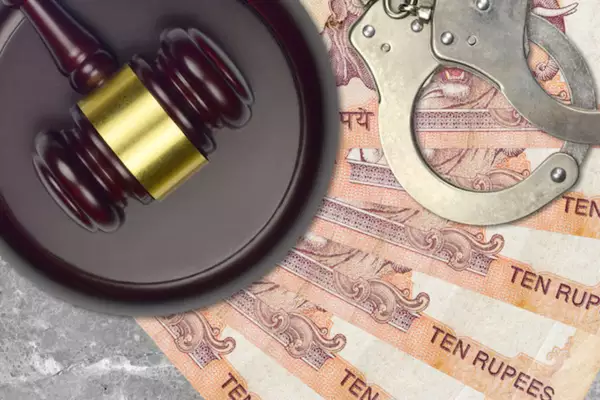Anti-Money Laundering (AML) and Counter-Terrorist Financing (CFT) efforts were highlighted in the recent “Mutual Evaluation Report (MER) for India” launched by FATF (Financial Action Task Force), showcasing India’s significant strides in compliance with international standards.
Current Compliance Status:
- India has achieved a high level of technical compliance with FATF recommendations.
- The country has implemented a robust anti-money laundering (AML) and counter-terrorist financing (CFT) framework.
- Ongoing assessments show good results in risk understanding, access to beneficial ownership information, and asset deprivation from criminals.
- India’s placement in the “regular follow-up” category recognizes its effective AML/CFT efforts.
Key Risks and Challenges:
- Main sources of money laundering include-
- Fraud: Particularly cyber-enabled fraud.
- Corruption: Related to various illicit activities.
- Drug Trafficking: Significant but less prioritized compared to fraud.
- Serious terrorism threats linked to groups active in Jammu and Kashmir and other regions.
- Backlog of money laundering cases pending conclusion in courts.
Key Highlights:
Strengths of the AML/CFT Framework
- Effective domestic and international cooperation among authorities.
- Enhanced financial inclusion has increased the proportion of the population with bank accounts.
- Successful utilization of financial intelligence to combat illicit financial flows.
Security Threats
- Major threats arise from-
- Terrorist Groups: ISIL and Al-Qaeda linked groups active in Jammu and Kashmir.
- Regional Insurgencies: Present in Northeast India and other areas.
- Left-Wing Extremism: Contributing to the overall security landscape.
Areas for Improvement
- Completion of Trials: Focus on concluding prosecutions related to money laundering and terrorist financing.
- Risk-Based Approach: Implement targeted measures for non-profit organizations (NPOs) to prevent abuse.
- Coverage of Domestic Politically Exposed Persons (PEPs): Define and ensure compliance for domestic PEPs under existing laws.
Key Recommendations:
- Improve coordination and intelligence sharing among stakeholders to address identified risks effectively.
- Protection of Non-Profit Organizations (NPOs): Safeguard NPOs from being exploited for terrorist financing through enhanced risk-based measures.
- Definition of Domestic PEPs: Establish clear definitions for domestic politically exposed persons (PEPs) under PMLA.
- Targeted Financial Sanctions: Implement measures to ensure prompt freezing of funds and assets.
Ref: Source
| UPSC IAS Preparation Resources | |
| Current Affairs Analysis | Topperspedia |
| GS Shots | Simply Explained |
| Daily Flash Cards | Daily Quiz |
Frequently Asked Question:
What is India’s current compliance status with FATF recommendations?
India has achieved high technical compliance and is placed in the “regular follow-up” category for its AML/CFT efforts.
What are the main sources of money laundering in India?
Key sources include cyber-enabled fraud, corruption, and drug trafficking.
What security threats are linked to terrorist financing in India?
Terrorist groups linked to ISIL, Al-Qaeda, regional insurgencies, and left-wing extremism pose significant security threats.
How has India improved financial inclusion to combat money laundering?
Enhanced financial inclusion has increased the population with bank accounts, aiding in the detection of illicit financial flows.
What areas need improvement in India’s AML/CFT framework?
Concluding pending money laundering cases and better defining domestic Politically Exposed Persons (PEPs) are key areas for improvement.



